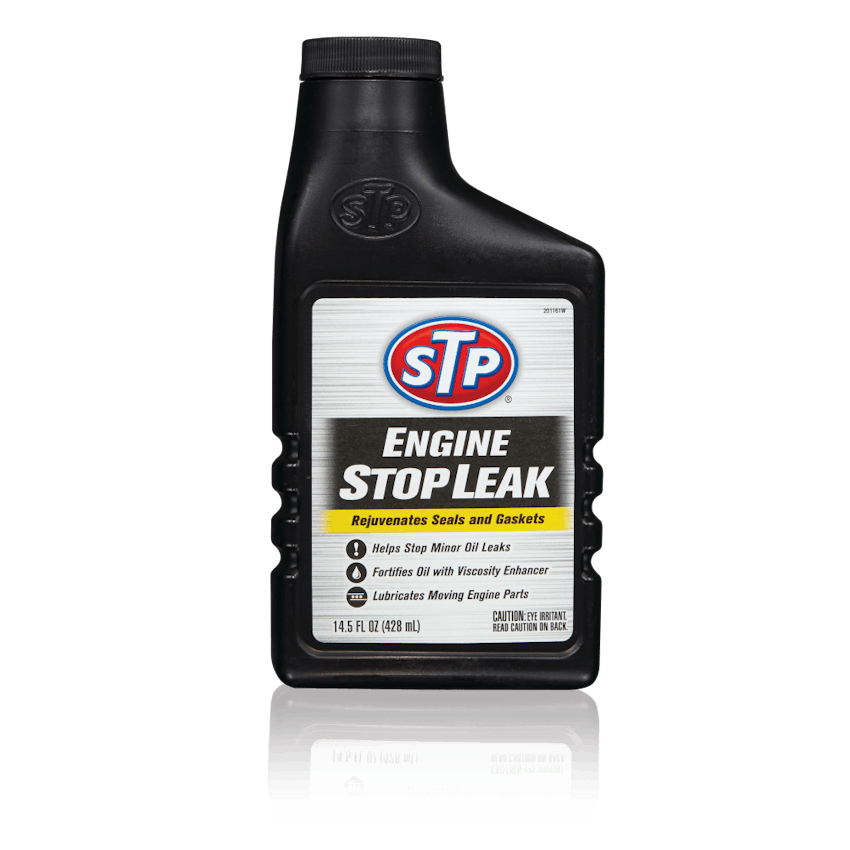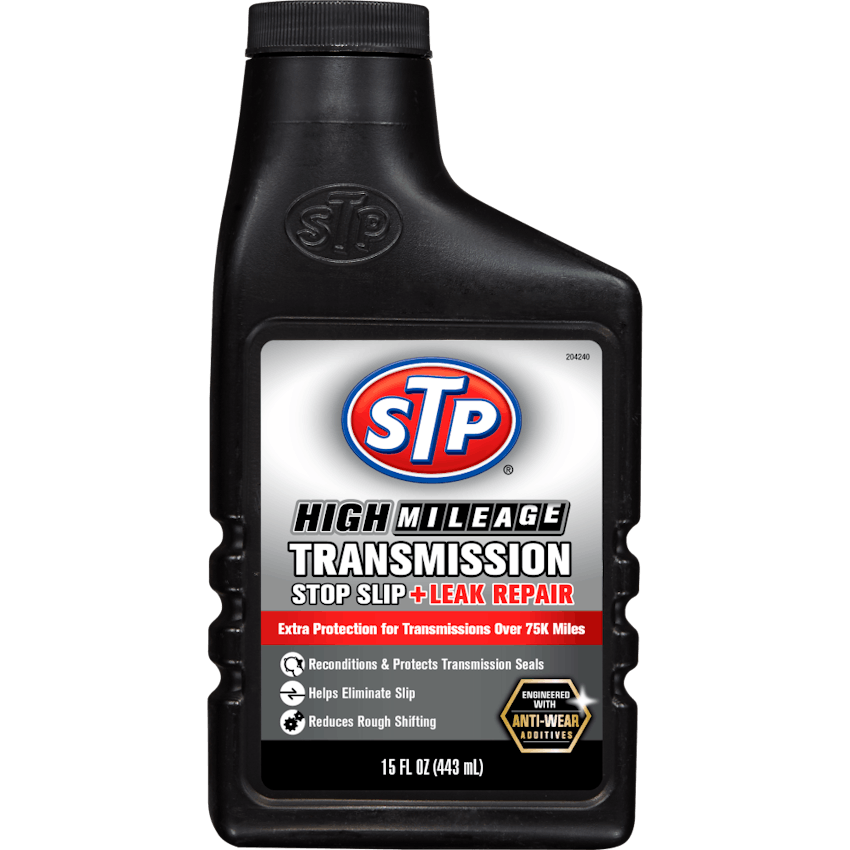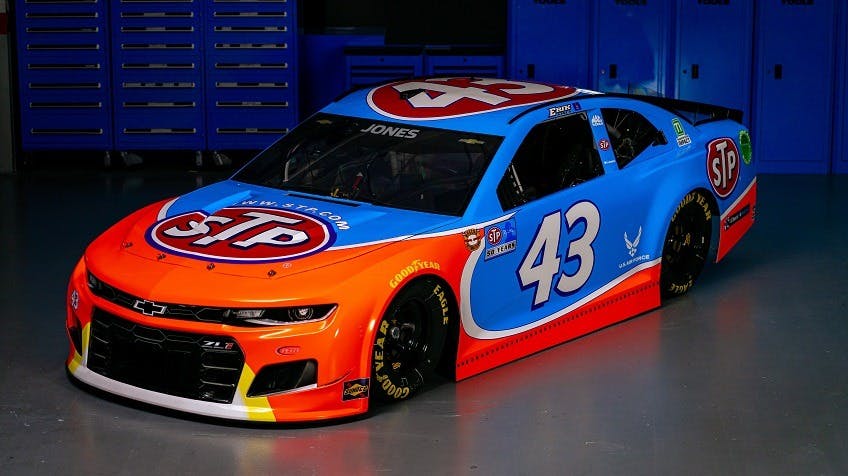Richard Petty
Racing Royalty: “The King”
Always an STP man
BY MIKE HARRIS
The deal that forever changed the NASCAR sponsorship landscape and resulted in one of the most famous race cars in history almost didn’t happen because two stubborn men disagreed over the color scheme.
Richard Petty had been affiliated with STP since 1972 when he was approached by then STP president Andy Granatelli about putting the company’s logo on the famed No. 43 race car. Petty was actively seeking sponsorship, and Granatelli had long been interested in finding a way into NASCAR after considerable success in open-wheel racing and drag racing.
Granatelli was looking for a well-known face to represent his product, and Petty, known as The King, was a perfect fit given that he was as comfortable under the hood as behind the wheel. Petty knew what STP, the sponsor and the product, could do for his team. “Granatelli had made up his mind that he wanted to sign us up,” Petty explained. “So, when we went in, he said, “Here’s the contract, here’s the deal: $250,000 for a sponsorship and we want to advertise you all over the country.’
It all sounded good to The King. Then the issue of the paint scheme came up.
“We talked to Granatelli and everything was chugging along. We agreed on a contract and as we got up to leave, he said, ‘By the way, the car will be Day-Glo Red,’ which is STP colors. I said, ‘No way. The car’s got to be Petty Blue.’ I got up to leave. That’s how stubborn I was. And he was pretty stubborn, too.” Petty grinned as he recalled the moment.
“I guess I wasn’t too bright to say no,” he said. “We had nothing, no sponsorship, and I was turning down $250,000.”
Cooler heads prevailed as Granatelli suggested Petty think about it overnight.
The next morning, a compromise was reached creating the iconic Day-Glo Red and Petty Blue race cars that The King, long the most popular driver in the sport and still a fan favorite as a team owner and ambassador for stock car racing, drove for the rest of his career. It was a huge deal for STP and Granatelli, who had been unable to get into NASCAR because Pure Oil had an exclusive deal with the series.
“We used to have to catch the drivers about a mile away from the track and give them STP products so they could use them,’’ Granatelli noted. “Even though we weren’t getting the benefit of it, the drivers were. So we got the drivers more acclimated to using our products.”
The money in that first contract was a big deal, too. The STP sponsorship gave Petty a competitive advantage.
“The $250,000 gave us a squirt over everybody else, so we could have better equipment,” Petty said. “That started a revolution of people being able to get money from outside and having part of their budget already paid for before the season started. We used to start and you didn’t have a budget. You just went from race to race to race. That’s what you had to work with.”
Jim Hunter, a longtime NASCAR executive, said the advent of the STP-Petty relationship was a key moment in the sport’s history.
“Petty had a lifetime contract and STP used him well. It was a marketing company and they tied all of their advertising into racing, particularly with The King,” Hunter said. “In my opinion, it was the gold standard of NASCAR sponsorships.”
“STP was the first nationwide sponsor in Cup racing,” Petty said. “You’d always have mom and pop’s grocery store or somebody’s garage or somebody’s dealership, but that was done mostly on a local basis. Nobody had a nationwide deal. That was the first time bringing Cup racing to the nation. Once STP did it, then I think Purolator came along and then a lot of others followed.”
The King signed a lifetime contract, in effect as long as Petty drove a race car. But the deal was extended even beyond his driving career, which ended in 1992, a sponsorship that lasted more than 32 years.
And it isn’t over yet.
“We’re still associated, not on sponsorship but on personal services. Since ’72, Richard Petty has been an STP man and I guess he always will be,” The King concluded, grinning.













